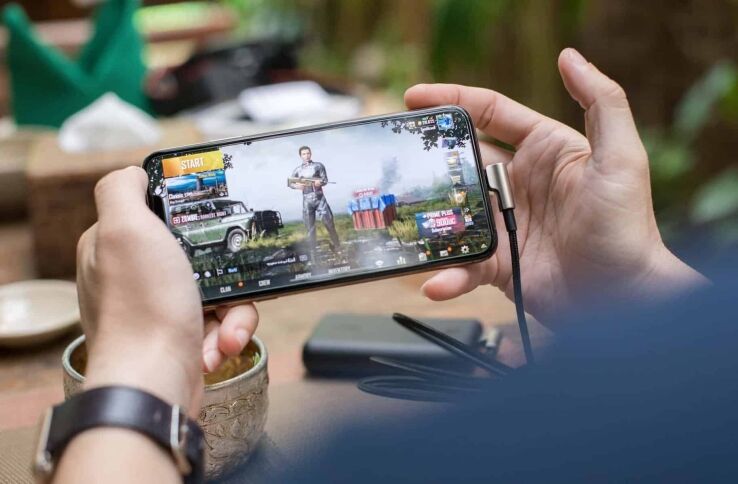Can phones do Ray Tracing? Yes – could be coming to Entry-level models too
The Samsung Exynos 2200 was the first chip to integrate AMD's RDNA 2 graphics and may be coming to entry-level chipsets also

WePC is reader-supported. When you buy through links on our site, we may earn an affiliate commission. Prices subject to change. Learn more
According to @Tech_reve Samsung is going to bring RDNA into entry-level Exynos GPUs in 2024.
Smartphones carrying the capability of a feature such as Ray Tracing is mind-boggling but certainly an exciting one for the mobile gaming industry, or gaming in general.
Qualcomm announced its Snapdragon 8 Gen 2 chip last year, promising to deliver a 35% increase in preference over the previous generation.
Recent news or rumors suggest that Samsung is looking to adopt the same technology for entry-level Exynos GPUs next year. This is great news for the vast majority as the more affordable product lines will now see a value for money increase.
The Samsung Galaxy A series always sells well, so Samsung bolstering its chips is a win-win for all.
This is all rumor at this point, so 2024 is a loose estimation, however, with Samsung fully backing Snapdragon chips for its high-end units, and trying to improve Exynos along the way, gives us hope that graphics in general for the mobile market will continue to dazzle us.
READ NOW: Best AI apps for iPhone
Mobile phones vary in their Ray Tracing performance
Qualcomm states that it supports reflections, shadows, and global illumination, crucial elements for producing Ray Tracing effects.
Other mobile GPUs also claim similar performance, however, the above requires a lot of processing power, something that hasn’t been cost-effective in the mid-range phone market.
Ray Tracing on mobile doesn’t scale as it does on console, which is obviously down to power limitations.